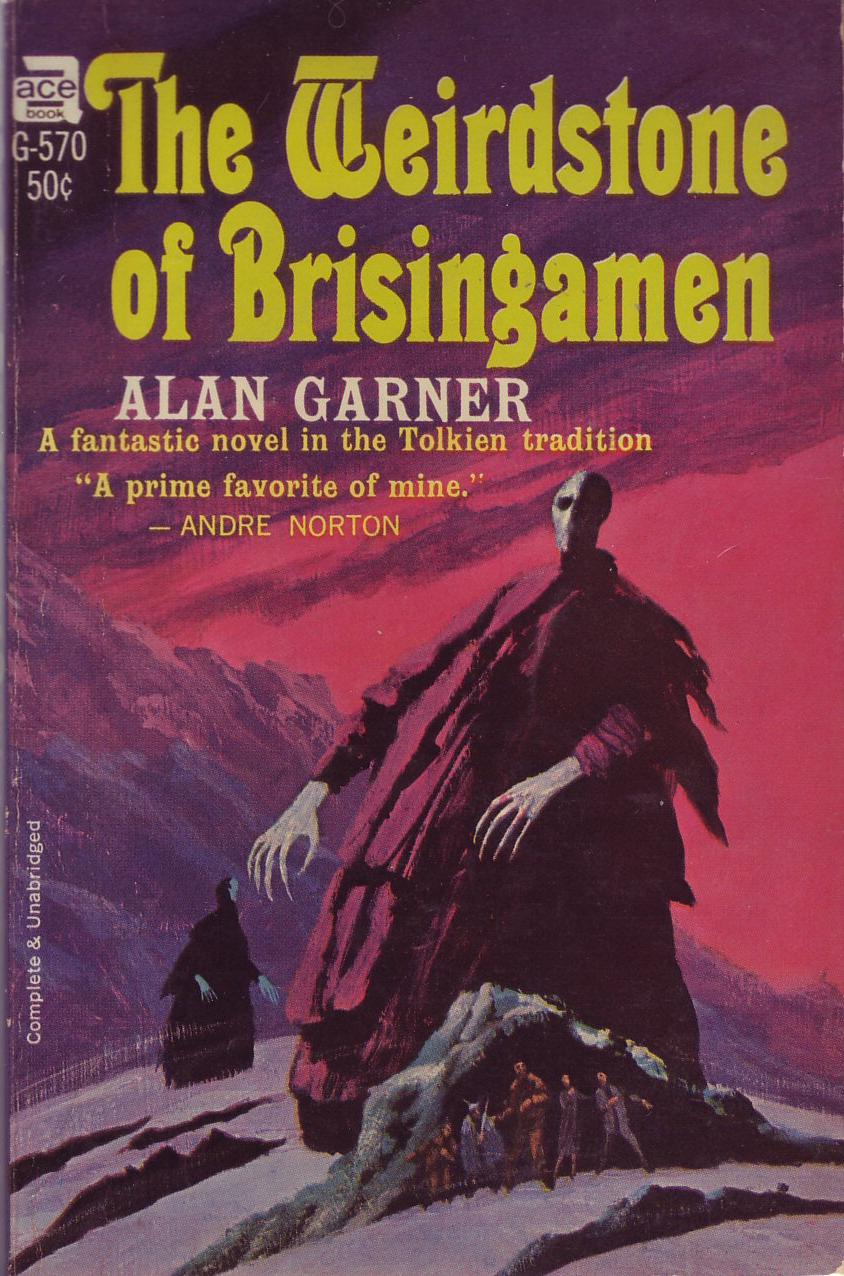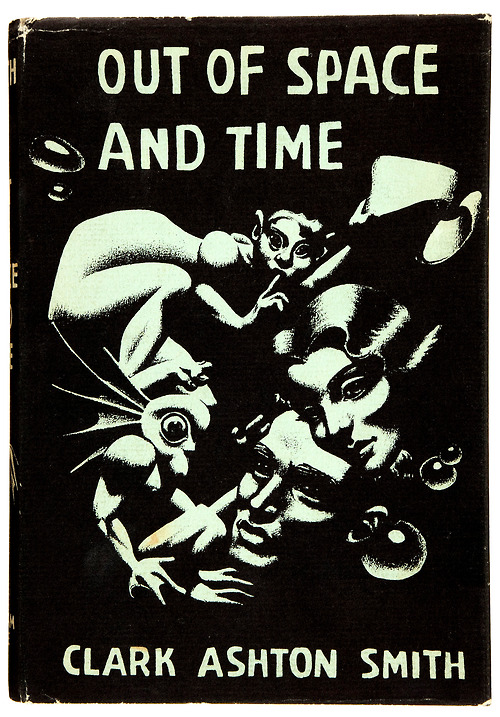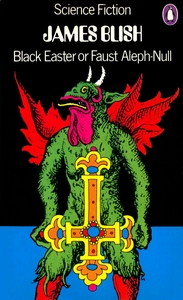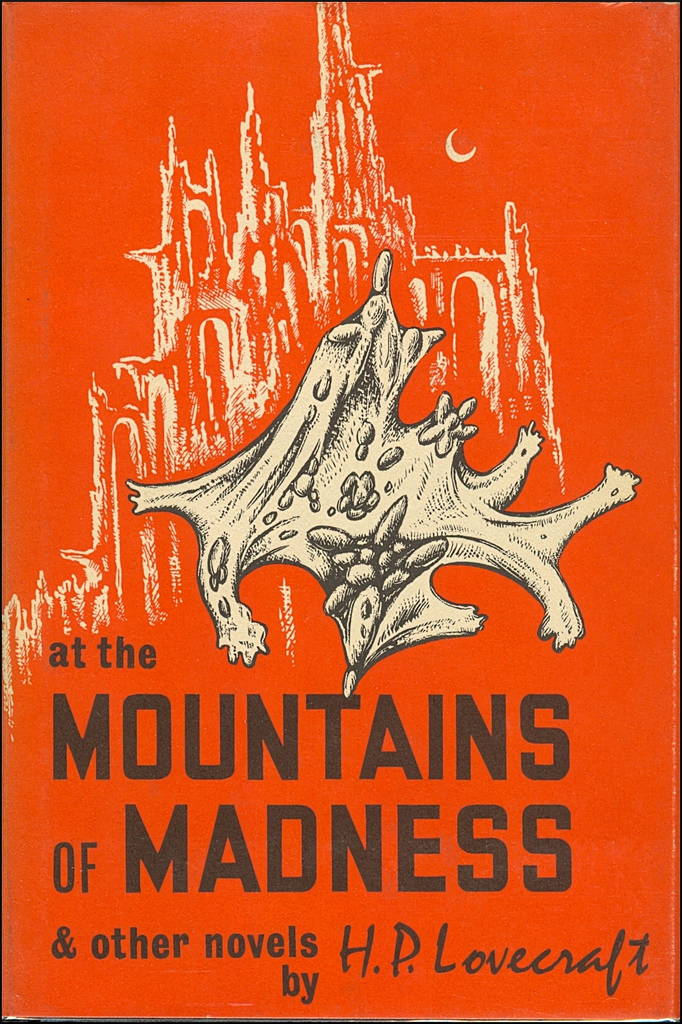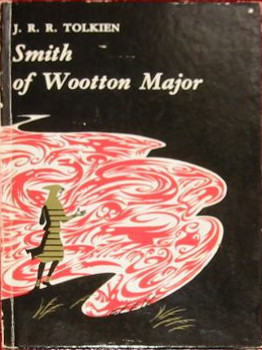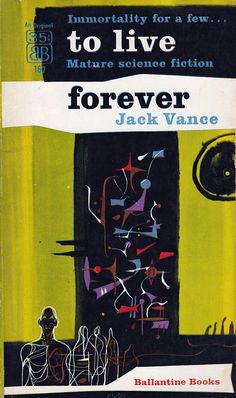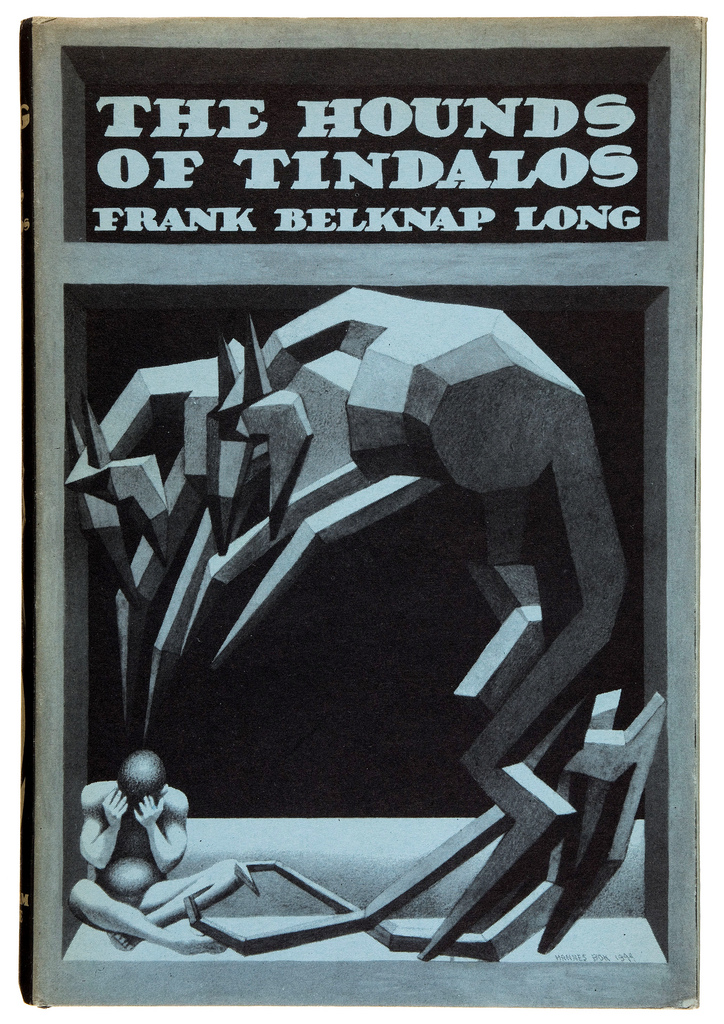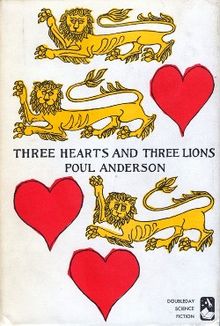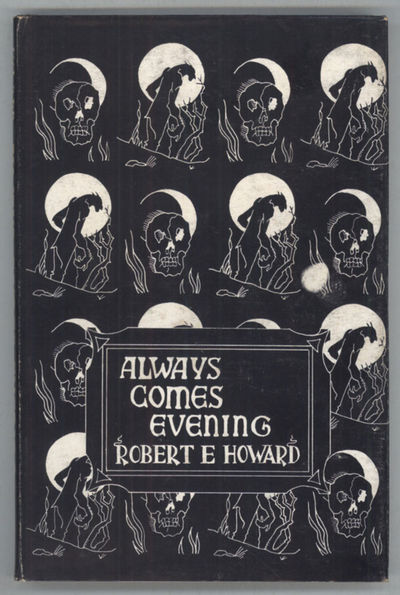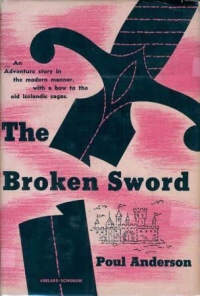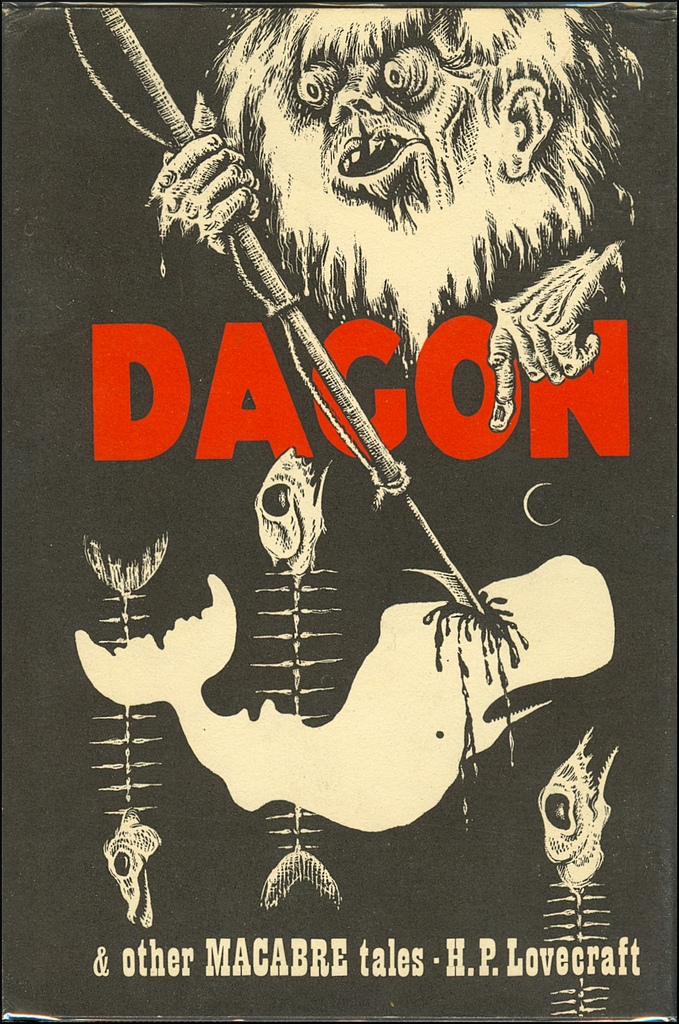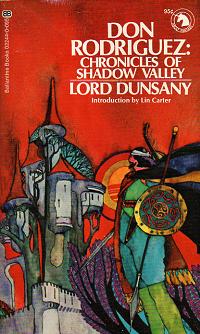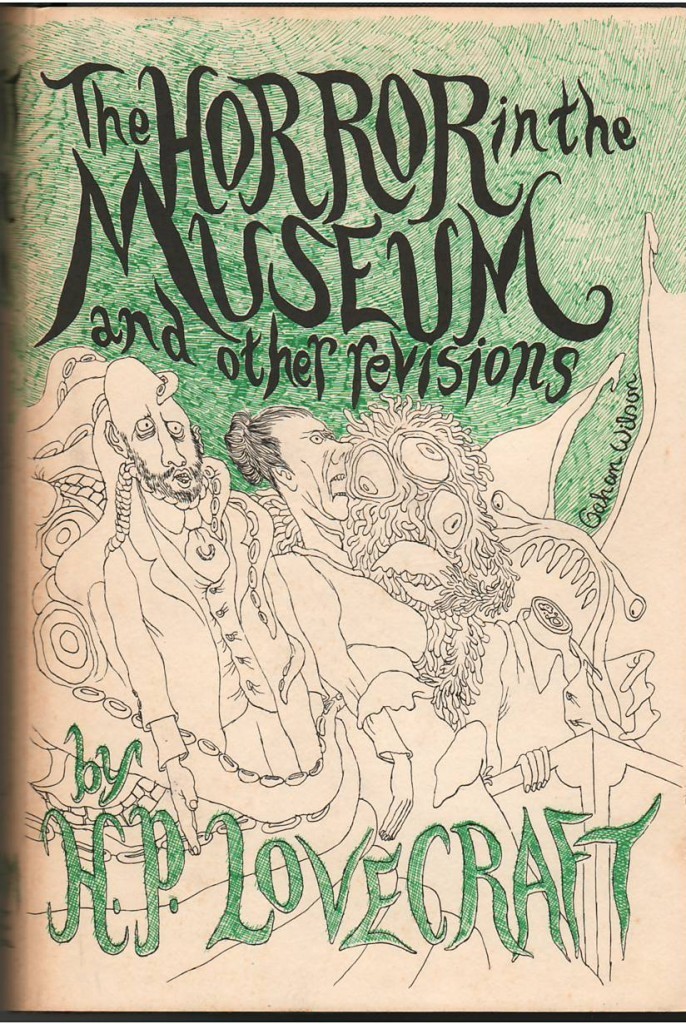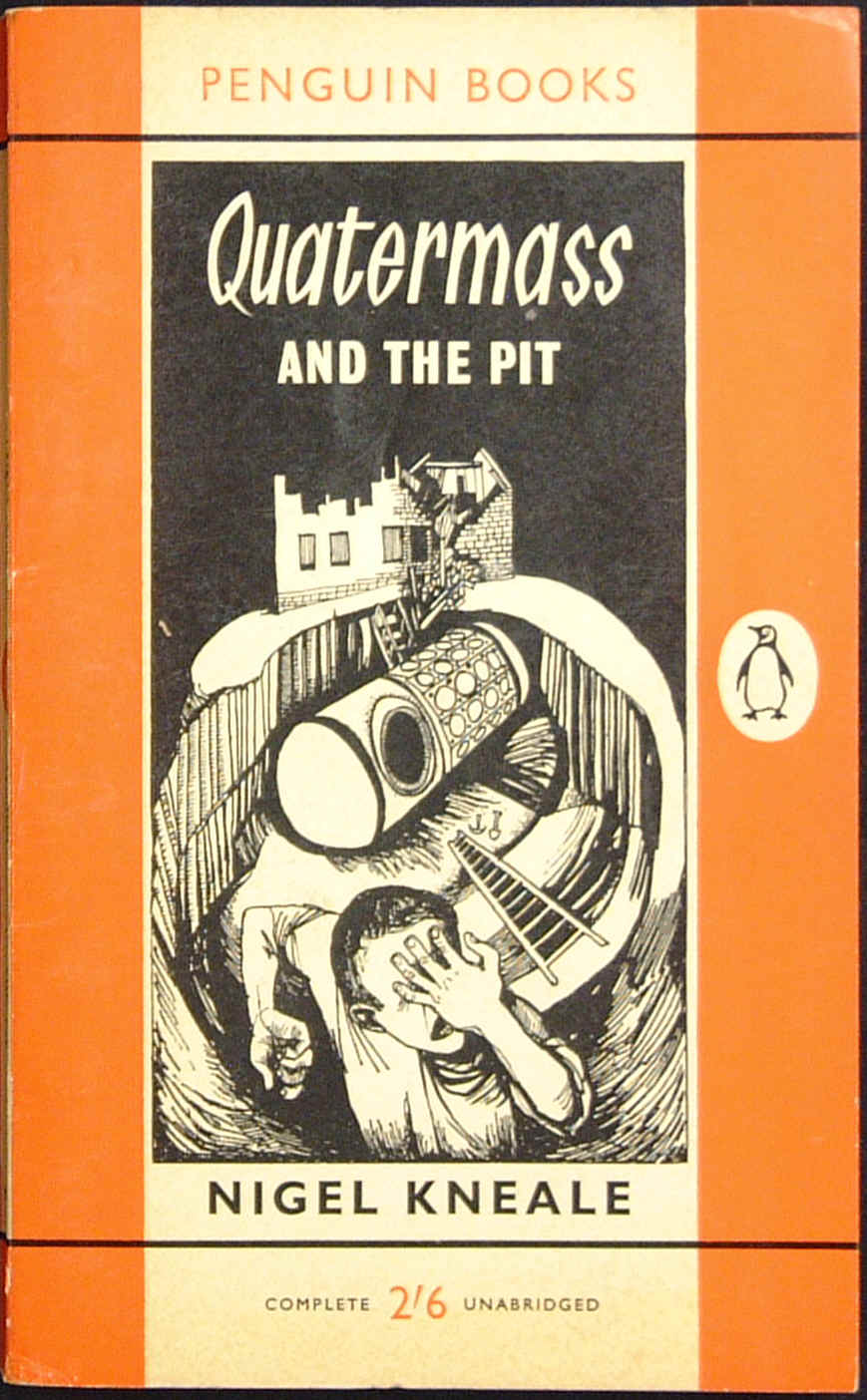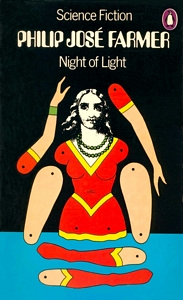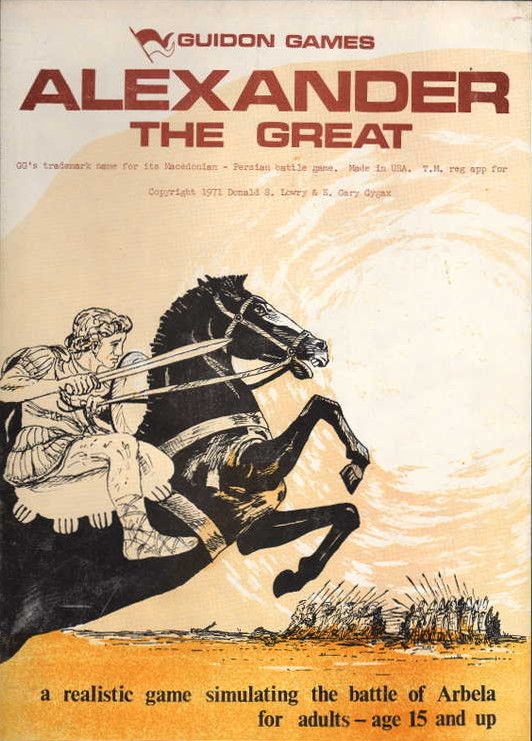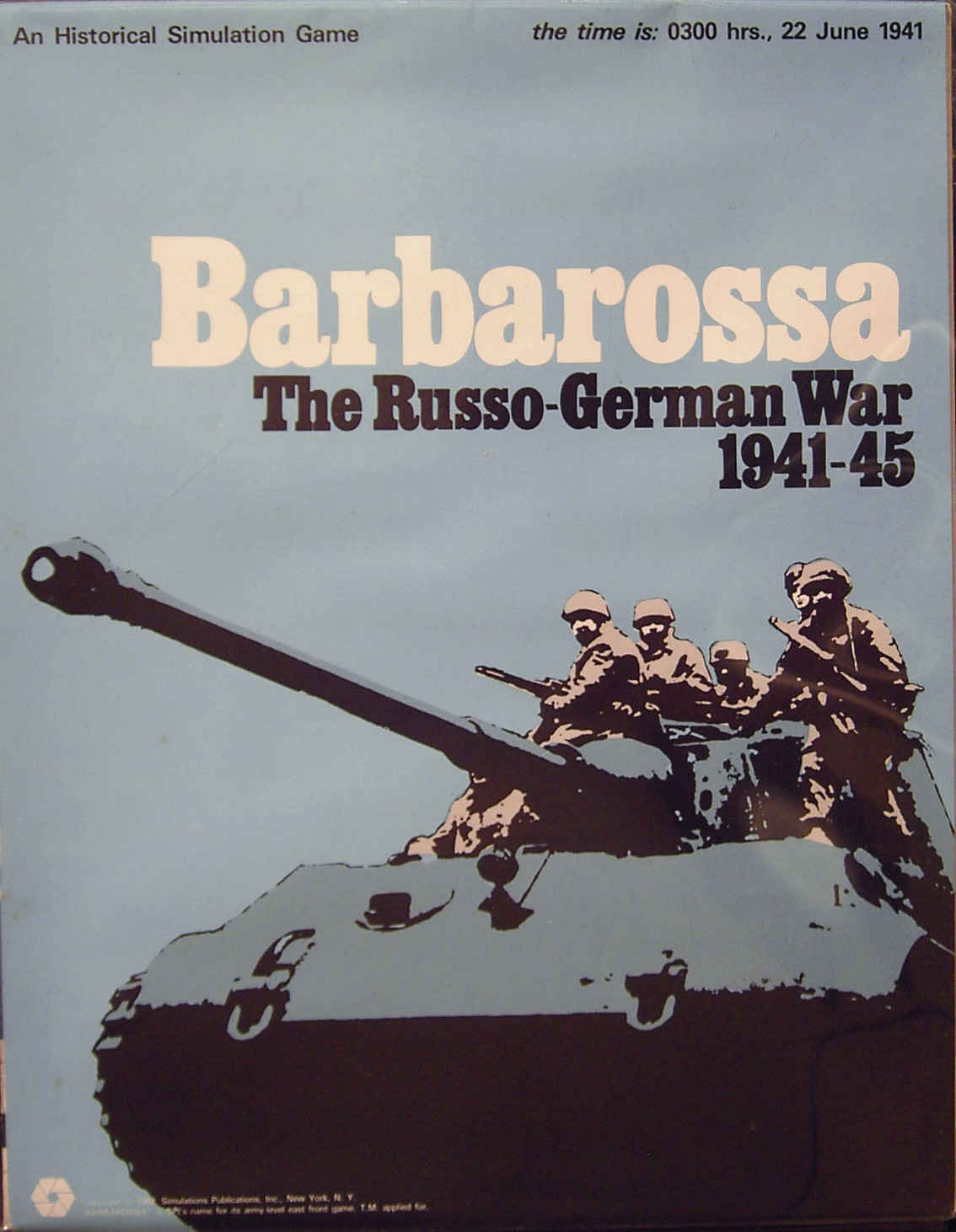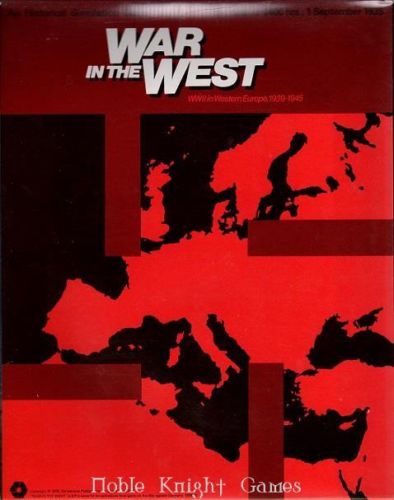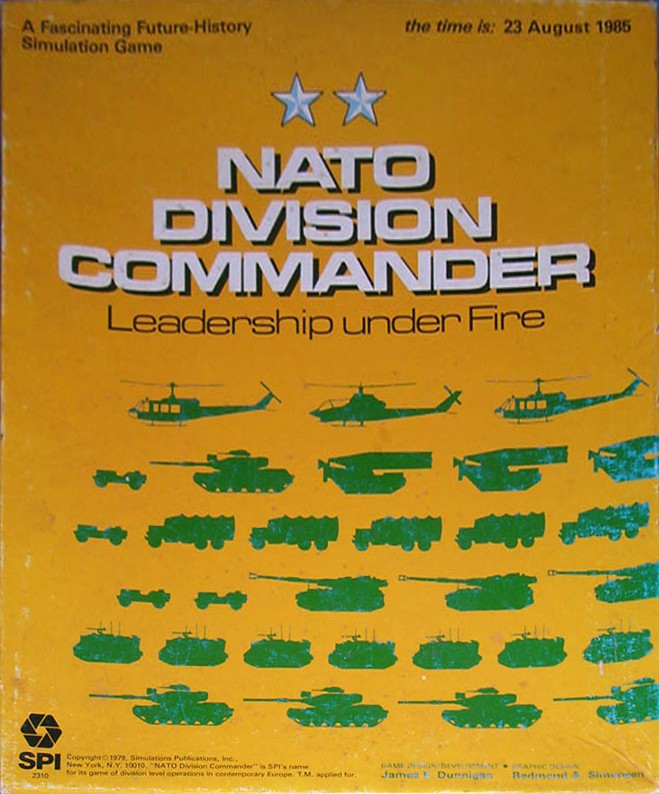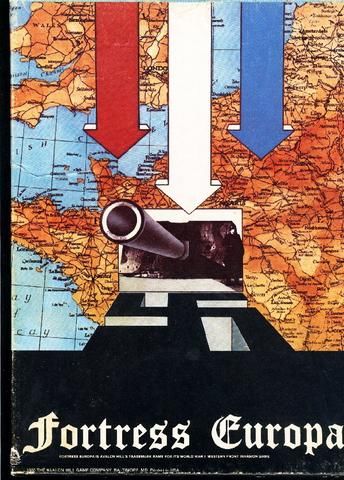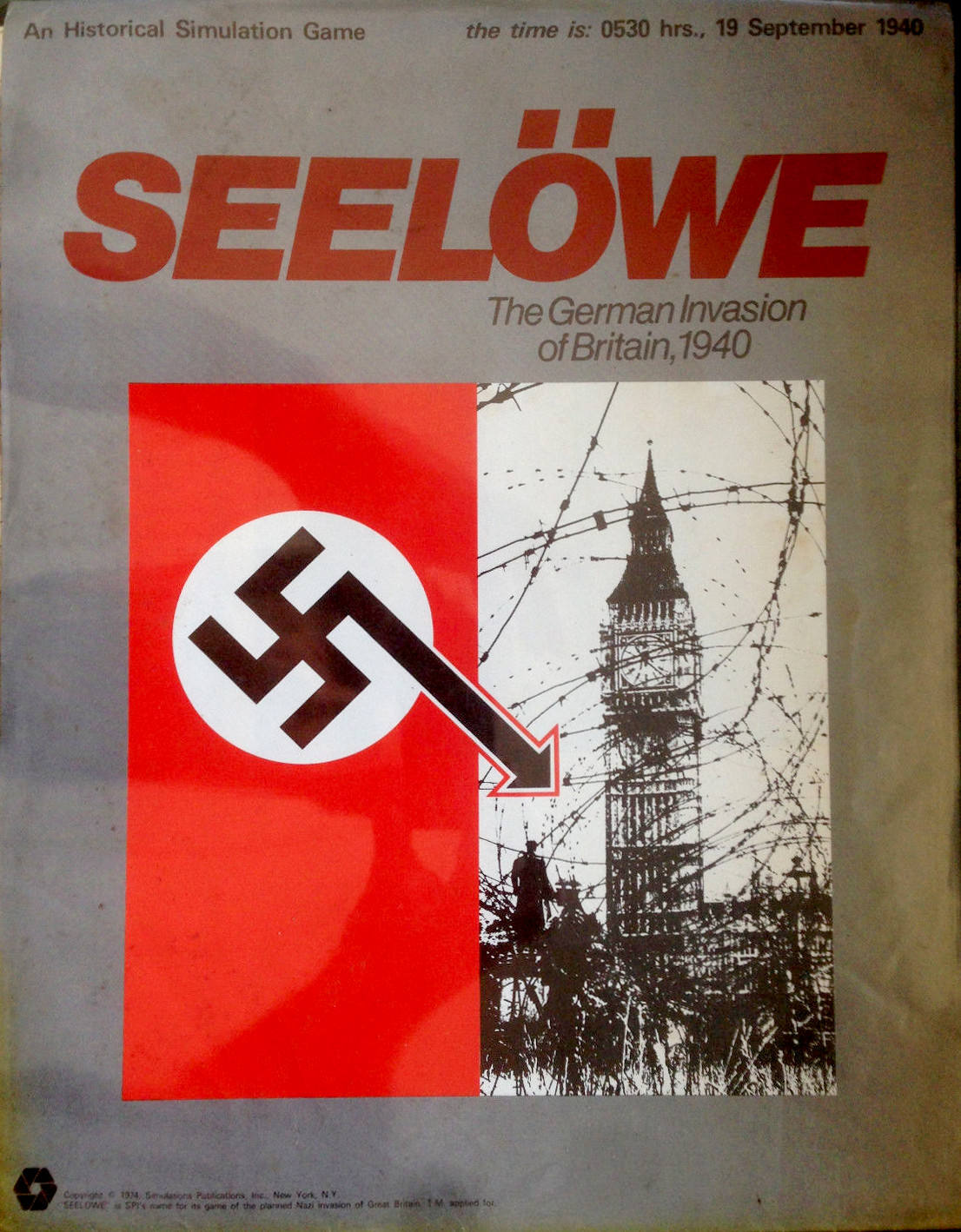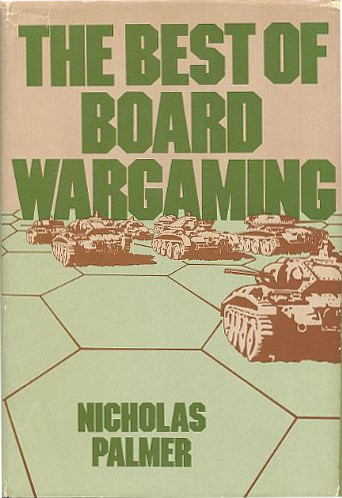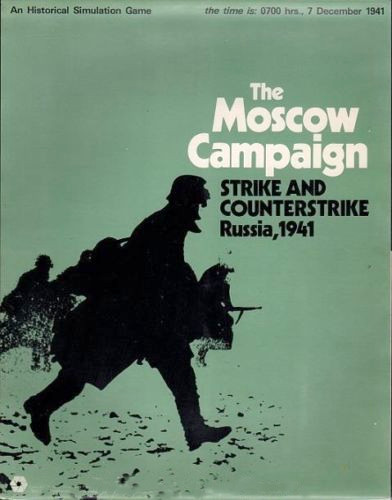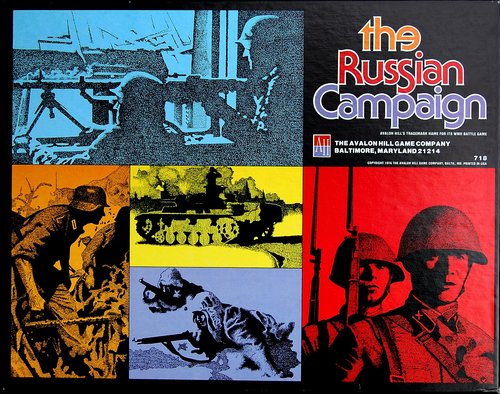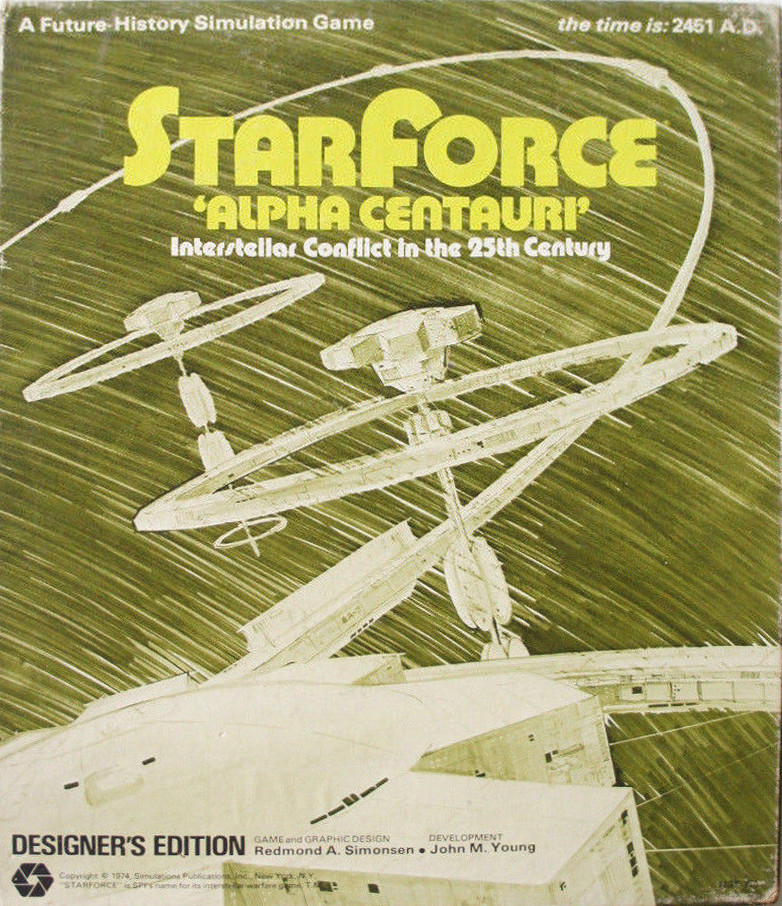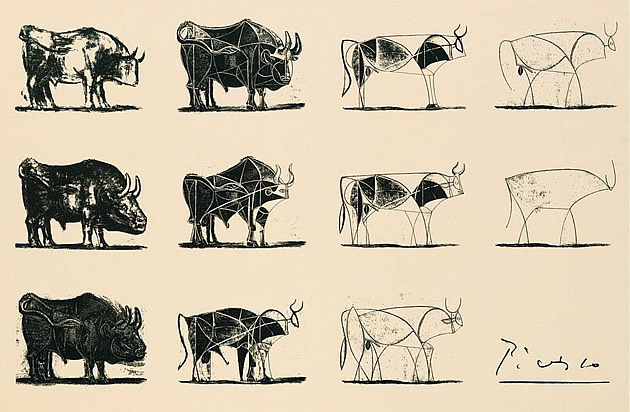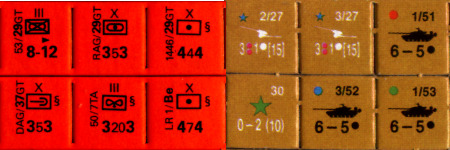One appeal for me of old-school D&D is that the rules are loosely coupled. This is less true of encumbrance, movement, and wandering monster checks. The relatively tight coupling of these systems makes them more fiddly to run, less amenable to house-ruling, and often ignored at the table.
Wandering monster checks are made every turn (or every
N turns). Turns, like in chess, are a matter of tempo --- the productivity of a turn of movement is determined by encumbrance. Moving more slowly per turn results in more monster checks while exploring a given area.
Do you count the number of squares over which the characters move to determine when a turn ticks over? Do you make wandering monster checks based on that? Or are the rules fiddly enough that you eyeball it? I admit that I often feel my way through these things, rather than keeping a careful account.
How do we simplify this at the table, while keeping the relationship between encumbrance, movement, and wandering monster checks?
First, encumbrance. We simplify it by eliminating gear counting. Armor is the single heaviest bit of standard kit, and it also has the greatest mechanical importance of any piece of gear. So, we simplify encumbrance by making armor the only piece of gear considered.
Very simple encumbrance:
Armor Worn Base Movement
None/Shield 18''
Leather 12''
Chain 9''
Plate 6''
Shields don't affect encumbrance.
Use common sense. If the characters haul something very bulky or heavy, movement drops to the next lower movement tier. A fighting-man in plate dragging a statue, for example, falls to 3''.
We have one further consideration. The Original edition measures all equipment weight in terms of coins. This may seem odd and fiddly, but it nicely encapsulates the idea that every ounce of rope, spikes, or candles a character carries comes at the cost of one gold piece they don't have strength enough to remove from the dungeon. To preserve that idea, we add one wrinkle to our very simple encumbrance system:
Every 250 coins of found treasure carried drops the character's movement by one tier.
What about wandering monster checks? Even with our simplified encumbrance, we don't want to be counting squares on the map. Instead, make one wandering monster check per real hour of play time.
Odds of A Wandering Monster
Armor Worn Base Movement per Real Hour
None/Shield 18'' 1 in 6
Leather 12'' 2 in 6
Chain 9'' 3 in 6
Plate 6'' 4 in 6
+Encumbered 3'' 5 in 6
Add an additional check at 1 or 2 in 6 when the characters do something that might attract monsters, like noisily bash down a door or roast a kobold.






